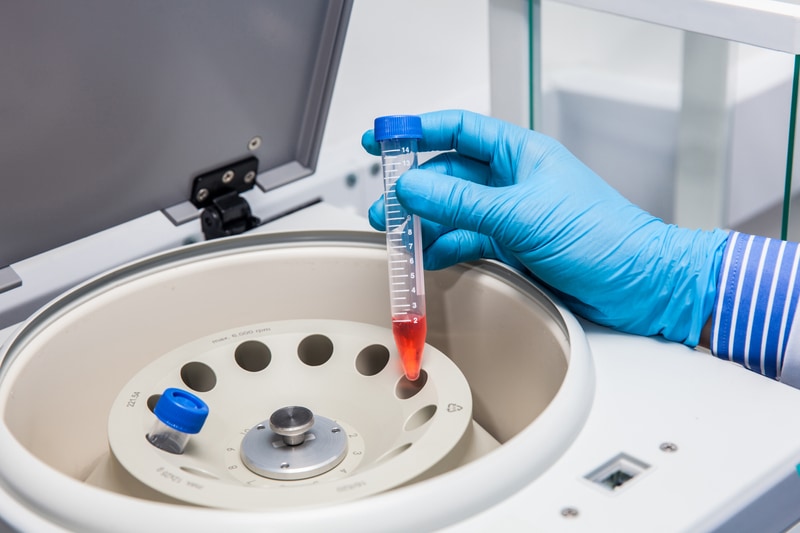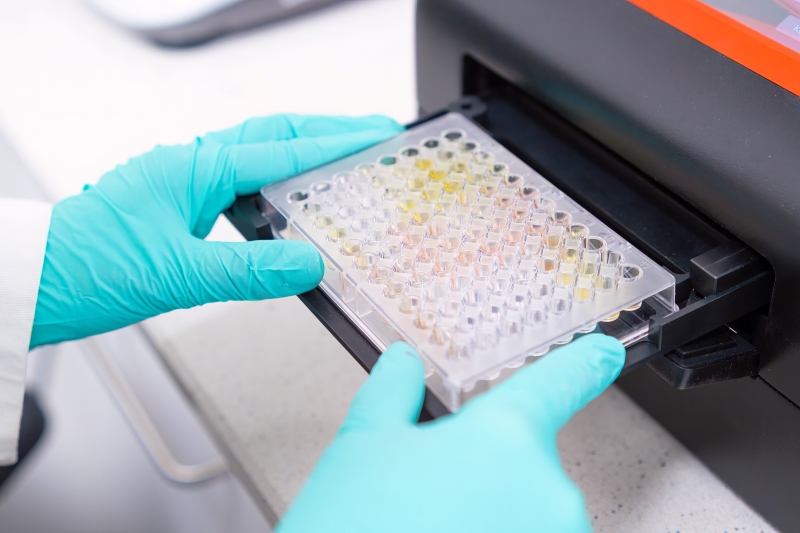1 - Essential ELISA Tips: Prevent Common Failures & Ensure Reliable Results
Essential ELISA Tips: Prevent Common Failures & Ensure Reliable Results Struggling with ELISA failures? Follow these expert-recommended best practices to optimize your assay performance: Key Recommendations for Successful ELISA Experiments:
- Pre-experiment preparation
- Reagent quality control
- Precision techniques







